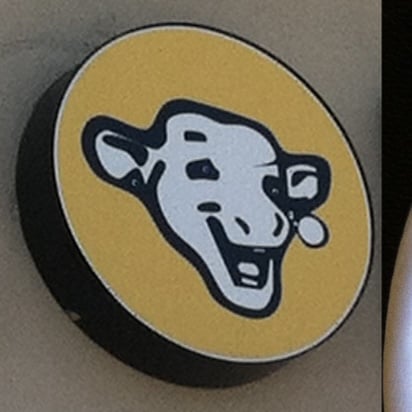And nearly all of those problems are ones that other people have run into or at least have guidance on how to go about addressing. Old organically grown systems are many times unique one-offs which have little to no established path except to start diving into the fundamentals about the hardware and software.
I’m not here to get into a pissing match about who’s job is/was harder. If you think juniors have a better chance at learning on today’s systems than they did in the past, I still disagree with you. Problems exist on modern system, except juniors will rarely if ever get a chance to try to solve them and thereby learn from them.




I think we have slightly different approaches but ultimate want the same thing: opportunities for juniors to get exposure.
However, employers these days are reluctant to hire them, and the barrier to entry is higher now so they can’t necessarily get in the door on their own merits without that experience they don’t have access to learn.